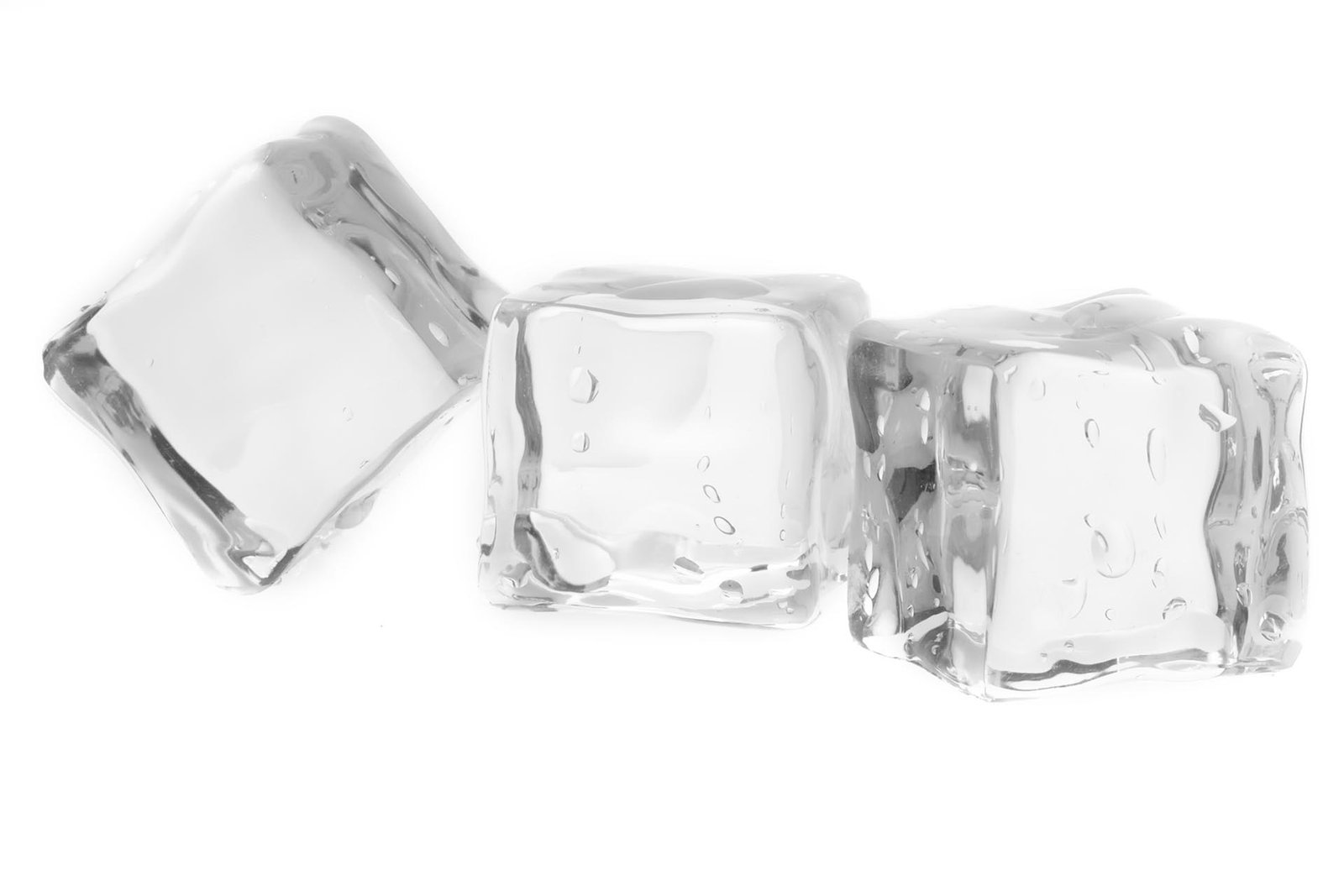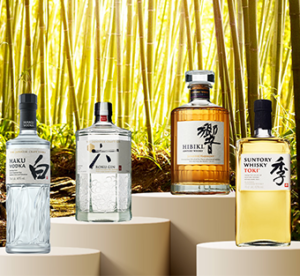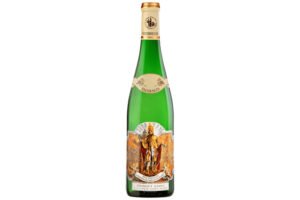Bartender Basics: Does the Ice in Your Cocktail Really Matter?

[ad_1]
From spheres to oversized cubes, specialized ice has spread from high-end “mixology” bars to even casual joints that want to up the quality and experience of their drinks. That said, how much do these fancy custom ice shapes affect your drink, and how much is just for show?
While certain cocktails are defined in part by their ice—crushed ice in a Mint Julep, anyone?—chances are you won’t ruin a drink by using what’s in your freezer. But if you’re looking to add a little visual flair to your at-home concoctions, keeping a handful of extra ice molds can be a simple, cost-effective way to elevate your drinks.
There are two main rules worth establishing. First, your drink doesn’t get cold from the ice itself, but rather the frigid water that comes off ice as it melts. Second, larger blocks of ice melt slower due to reduced surface area being in contact with the liquid (and thus dilute and chill your drink slower).
Here are a few types of ice know, what they do, and whether they’re worth it.

Standard 1×1-inch cubes: You know them, you love them. These cubes are standard in most decent bars, provide even and measured dilution over time, and will work in just about every type of drink where specialized ice isn’t called for. While most automatic ice machines in consumer fridge/freezer combos at home won’t produce these cubes, one of the most cost-effective upgrades a home bartender can make is to purchase a set of silicone molds to always have some 1×1-inch cubes on-hand for serving.

Large cube/ King cube / Old Fashioned rocks: This is your entry-level, show-off ice. Generally measuring 2×2-inches, the idea is that you only use a single cube for less dilution in things you’ll drink slowly, like spirit-forward cocktails or a single pour on the rock(s). Meant to be used in rocks glasses, they create a visual effect that says, “Hey, I’m a person who cares enough about cocktails at home to have an ice mold that only serves one specific purpose.”
When choosing to serve large-format cubes, the question should be how fast you plan to finish your drink. If you’ll be sipping over the course of 20 minutes, these can provide nice, even dilution that gives each sip a uniform taste without getting watery. If it’s your first pour after a long day and may not last more than a few minutes, you could be better off using standard-sized rocks that’ll have a more immediate impact on dilution.
Worth noting, it’s usually a waste to stir or shake a cocktail using large cubes. All you’re doing is ensuring you’ll have to stir or shake longer to have the same effect as you would with standard ice.
Collins spears: Though a bit less common, these are meant to function like the double-size rocks above, but are shaped into a rectangle around 1×5-inches in size to allow a single block to fit into a Collins/highball glass. Though the theory remains the same (slower dilution for long sips), they’re less functional in practice, because of the types of drinks they’re used for.
Drinks served in narrow, tall highball and Collins glasses usually contain a carbonated element (sparkling wine, soda and so on), so the type of slow sipping this ice is intended for would generally result in a flat drink. Also, because of the larger volume, these drinks are already less spirit-forward than something like an Old Fashioned, so you’re not really retaining the spirit profile in them by slightly slowing down dilution.
Still, they look pretty damn impressive.

Ice spheres: These serve the same purpose as other oversized large-format rocks, but are meant to slow dilution even more, as the spherical shape further reduces the surface area of the ice by removing corners. They are often used for show, unless someone wants to put a ridiculous amount of thought into the science of how quickly ice melts over an exact period of planned sipping. Still, you can pick these up in the shape of a Death Star, which is indisputably cool.
Crushed/pebble ice: Either crushed or in pebble format (small, jellybean sized spheres), the purpose of this style of ice is to chill your drink as quickly as possible, dilution be damned.
You’ll see crushed ice used often in drinks like Mint Juleps, Moscow Mules, a variety of swizzles and tropical drinks. The common theme? All are meant for hot weather, to cool you down quickly while being sipped fast.
Unless you want a whole lot of water in your drink, never shake or stir and strain a cocktail over pebble ice. Instead, pour cocktails over crushed/pebble ice when you serve them. Many drinks that use crushed ice aren’t even chilled prior to serving, as the ice is meant to do the work in the glass.
Unless you have the equipment necessary to create pebble ice at home, you’re most likely going to be using crushed ice. If your refrigerator doesn’t have a crushed ice function, your best bet is to pulse regular ice in a blender, or place into a freezer bag, cover with a towel and whack a few times with a rolling pin or other hard object.
Half-moon ice: The type of ice most consumer refrigerators spit out, don’t let anyone tell you these moon-shaped wedges don’t work for cocktails. Even if you’ve got a mold of 1×1-inch cubes or Death Star-shaped ice spheres, you’re often better shaking or stirring half-moons to chill your drink, and saving the fancy stuff to serve with.

Scotch rocks / whiskey stones: Not actually ice, these stone or metal cubes are meant to be stored in your freezer and put into drinks to chill them without diluting the spirit. Water dilution is a key component of cocktails, however, and one of the reasons we stir or shake, so these serve as more of an aesthetic purpose than a cocktail ingredient. That said, if you enjoy how your drink tastes with these, by all means continue to use them.
[ad_2]




